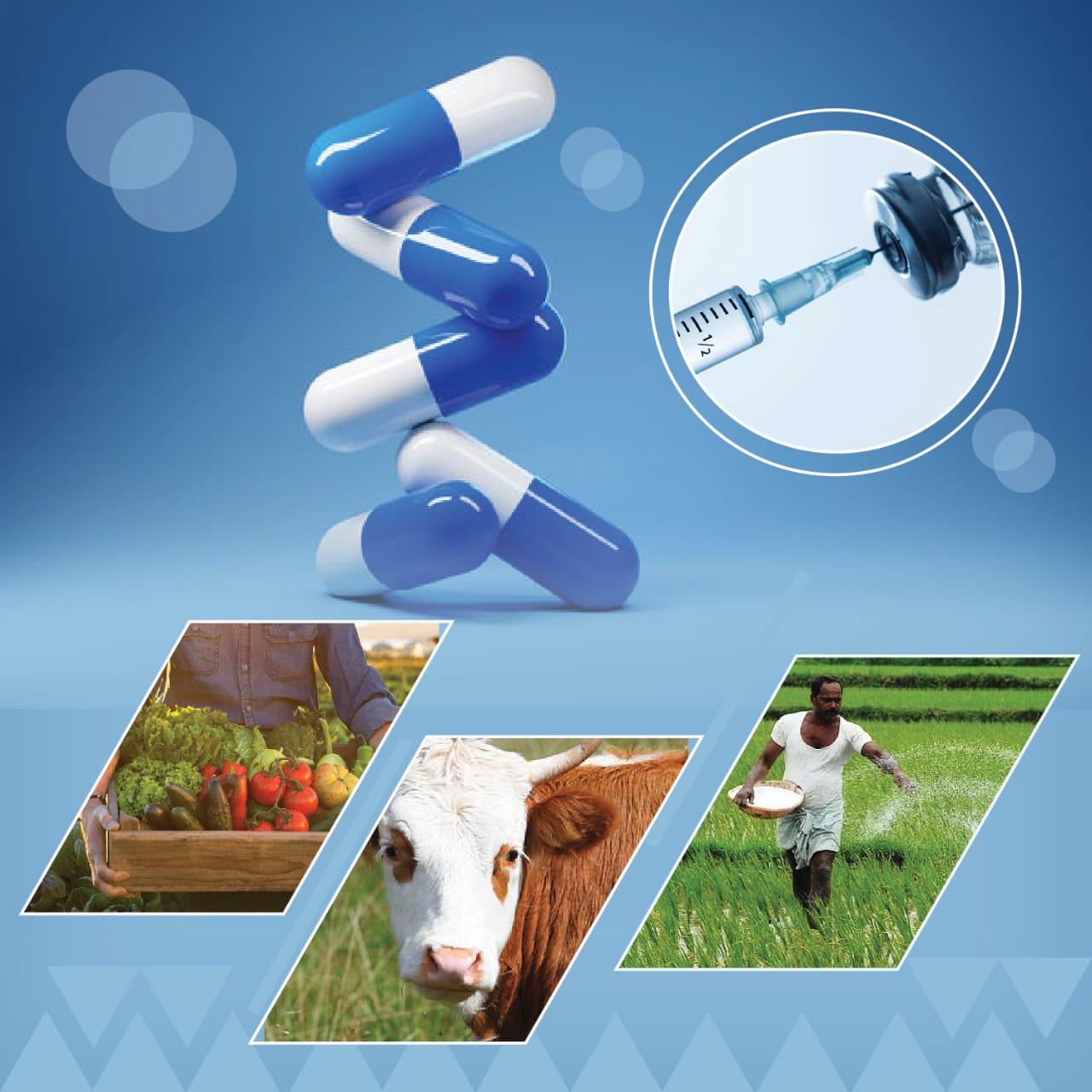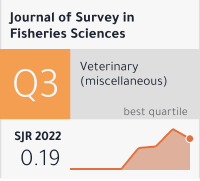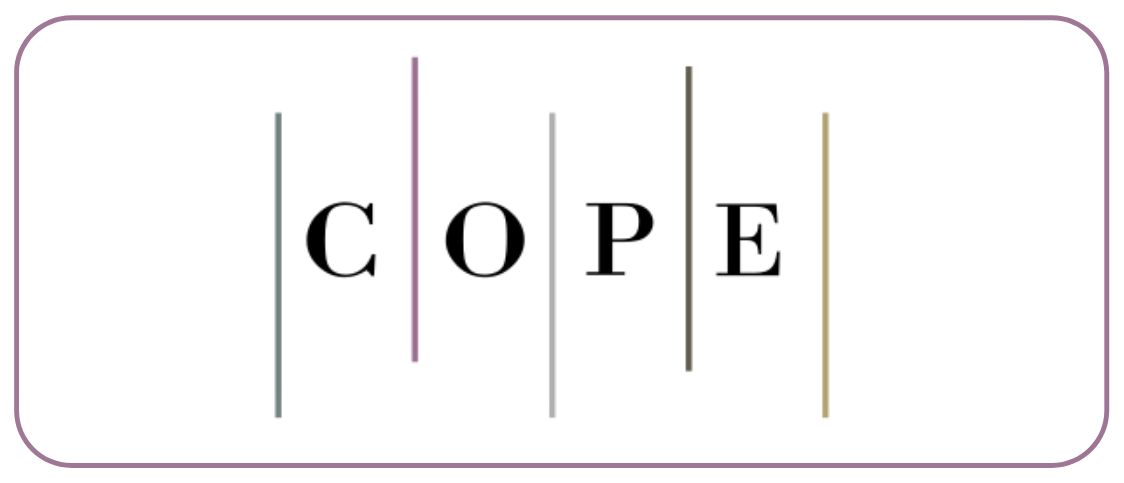Heavy metals (Zn, Cd, Cu, Pb, and Fe) assessment in sardines, Sardina pilchardus (Walbaum, 1792) from the Algerian west coast
DOI:
https://doi.org/10.53555/sfs.v10i1.2Keywords:
Sardina pilchardus, heavy metals, atomic absorption spectrophotometry, Ghazaouet bay, Algerian West CoastAbstract
The sardine (Sardina pilchardus) is the most popular species for fishing of the Algerian coast. Five toxic metals zinc (Zn), cadmium (Cd), copper (Cu), lead (Pb), and iron (Fe) that can affect human health are studied in this fish. Samples are collected monthly between January and December 2019 in the Ghazaouet bay. The collected samples were analyzed by atomic absorption spectrophotometry by sex and for two organs (gonads and gills). For all the male and female samples, Zn and Fe showed the highest values, respectively (1.00±0.406 mg/kg.FW and 0.770±0.28 mg/kg.FW), however the low values concern Cu (0.017 mg/kg.FW). Zn and Cd contents are higher in the gonads, and those of Fe and Pb are higher in the gills. However, Cu concentrations are similar in both organs (gonads and gills). Statistical analysis recorded a significant difference (p<0.05) for all metals (Zn, Pb, Fe and Cd) except for Cu (p> 0.05) between the two organs. S. pilchardus may represent a hazard for consumers. S. pilchardus may represent a hazard for consumers, but a continuous monitoring of heavy metals is necessary to insure the prescribed worldwide limit.










